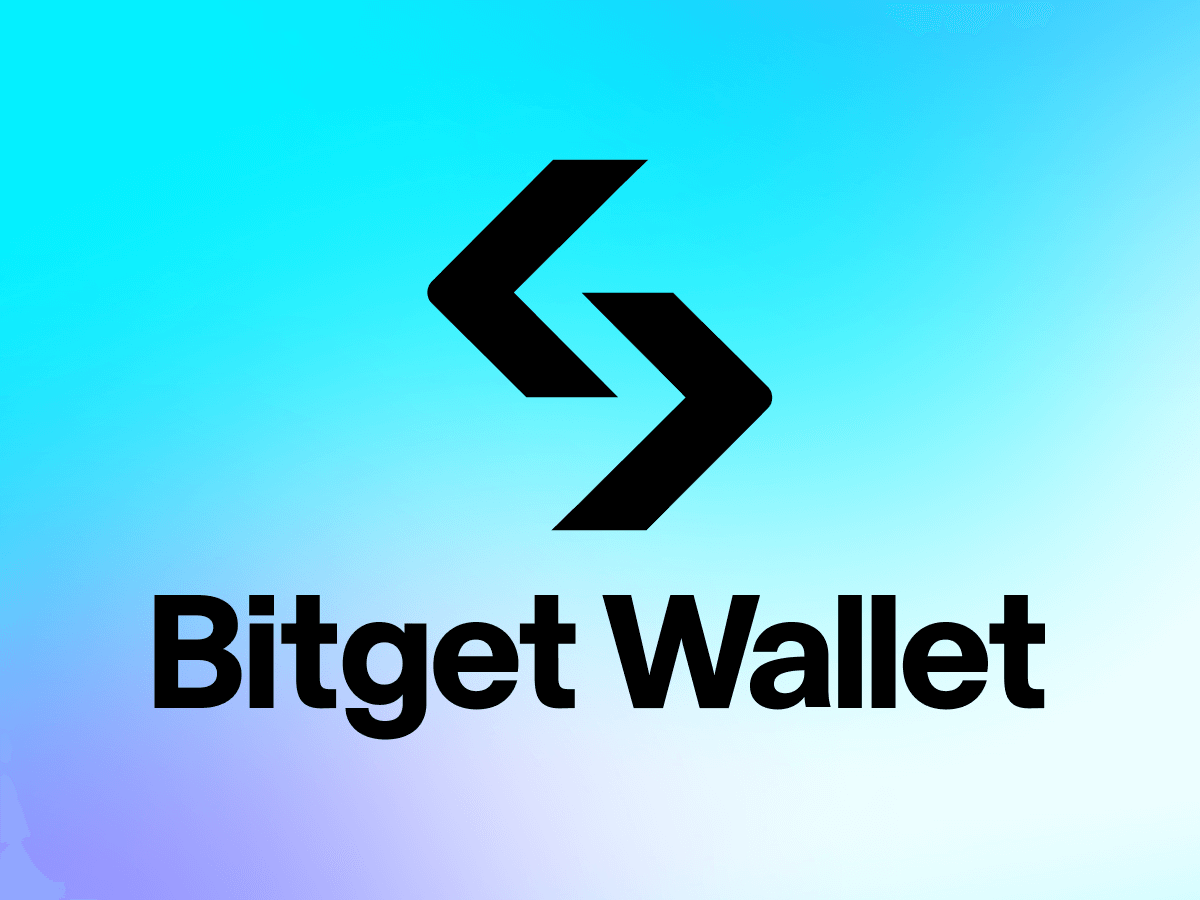So I was thinking about how crazy the crypto world has gotten lately. Seriously, it’s like every time you log in, there’s some new buzzword or feature popping up. Hardware wallets, staking rewards, DeFi trading… it’s a lot to digest all at once. But here’s the thing: these elements aren’t just hype—they’re reshaping how we interact with crypto in ways that actually matter.
At first glance, hardware wallets might seem old-school, especially when you’ve got mobile apps and browser extensions galore. But when you dig a little deeper, their role in securing assets is very very important. I mean, who wants to lose their life savings to a hack? Not me. And combining that security with the ability to stake and trade on decentralized platforms? That’s where things get really interesting.
My instinct said this combo could be a game changer. But then I wondered—how seamless is it really? Can someone who’s not a coding whiz or a DeFi expert actually pull this off without screwing up? Hmm…
On one hand, hardware wallets are praised for their offline security. On the other hand, DeFi trading demands speed and flexibility. So, how do you get the best of both worlds without sacrificing convenience? I’ll admit I was a bit skeptical at first, but then I stumbled across something that changed my perspective.
Wow! Check this out—integrations like the bitget wallet extension are bridging these gaps in ways I didn’t expect. They bring hardware wallet security right into your browser’s trading experience. That means you don’t have to juggle multiple apps or worry about exposing your private keys online. Cool, right?
Let me back up a sec. Hardware wallets have long been the gold standard for crypto security. They keep your private keys offline, away from malware or phishing attacks that plague software wallets. But until recently, using them alongside DeFi platforms was clunky at best. You’d have to manually sign transactions, hop between interfaces, and pray you didn’t mess up.
But with the rise of extensions that support hardware wallets natively, like bitget’s, this friction is melting away. Now, you can stake your tokens, claim rewards, and execute trades directly from a secure environment. No more copy-pasting addresses or dealing with awkward QR codes. It’s like having your cake and eating it too, but with crypto.
Of course, staking itself isn’t without its quirks. Initially, I thought it was just a way to earn passive income on your holdings. But then I realized it’s also a strategic tool to support network health and governance. Staking rewards vary wildly based on the protocol, lock-up periods, and even market conditions. That’s something I didn’t fully appreciate until I started juggling multiple chains.
On that note, multi-chain DeFi users face a unique dilemma. How do you manage staking rewards and trading across different blockchains while keeping your assets safe? It can get messy fast. Honestly, I’ve lost track of how many times I almost sent tokens to the wrong address or forgot which chain a particular wallet supported. (Yeah, rookie mistakes…)
That’s why having a unified solution that combines hardware wallet security with seamless DeFi trading is a breath of fresh air. The integration offered by tools like the bitget wallet extension helps reduce these errors and makes the whole process less intimidating.
Still, I’m not blind to the trade-offs. Hardware wallets, while secure, can slow you down. There’s the extra step of confirming transactions physically, which might annoy day traders hungry for speed. On the flip side, staking usually involves locking your tokens for a certain period, which limits liquidity.
So, here’s the rub: is the increased security and passive income worth the reduced flexibility? For me, the answer leans towards yes, but it depends on your approach. If you’re dabbling or moonlighting in crypto, maybe the convenience of hot wallets makes sense. But if you’re serious about safeguarding assets and maximizing rewards, hardware wallets plus staking integrated with DeFi trading is a solid combo.
Now, let’s talk a bit about the actual trading experience in DeFi. It’s a bit of a wild west out there. Unlike centralized exchanges, you’re responsible for managing your keys, approvals, and gas fees. At times, this feels like juggling flaming swords—one wrong move and you could lose a chunk of your investment in wasted fees or failed transactions.
That’s why I find the streamlined user experience of wallet extensions so appealing. They abstract away much of the complexity while keeping you in control. Plus, these extensions often support multiple blockchains, so switching between Ethereum, Binance Smart Chain, or Polygon feels less like a chore and more like flipping channels on your TV.
One thing that bugs me, though, is the inconsistent user interfaces across different DeFi platforms. Even with a solid wallet extension, the experience can be jarring if you hop from one app to another. It’s like driving a car that changes steering sensitivity every time you switch roads. Hopefully, as the ecosystem matures, we’ll see better standardization.
Anyway, back to staking rewards—did you know some protocols offer compounding options directly in their interfaces? That means you can reinvest your earnings without manual intervention. Initially, I thought this was a gimmick, but after testing it, the power of compound interest in crypto really hit home. It’s a slow burner, but very effective over time.
Of course, you gotta watch out for impermanent loss if you’re providing liquidity. Staking native tokens is usually safer, but liquidity pools add another layer of risk. Balancing these factors requires some experience and a healthy dose of patience.
Here’s a little anecdote: I once left some tokens staked on a relatively new protocol without checking the lock-up period. Turns out, I couldn’t access them for three months. That was a painful lesson in reading the fine print. I’m still biased towards more established chains for this reason, even though the rewards might be smaller.
So, bottom line? Hardware wallets paired with smart staking strategies and integrated DeFi trading platforms are definitely the future for serious crypto users. While there are trade-offs in speed and liquidity, the security and potential rewards outweigh the downsides for many.
And if you want a hands-on way to explore this combo without juggling too many apps, I’d recommend checking out the bitget wallet extension. It’s been a game changer for me in managing multiple chains securely while keeping trading and staking under one roof.

Okay, so real talk—this space is evolving fast. What seems like a perfect setup today might feel outdated tomorrow. But getting comfortable with these tools now means you’re better prepared for whatever’s next. Plus, the peace of mind from knowing your assets are secure? Priceless.
Anyway, I’m still figuring out some of the nuances myself. There’s always new protocols, updates, and security quirks popping up. But the combination of hardware wallets, staking rewards, and integrated DeFi trading platforms feels like a solid foundation to build on. If you’re curious, give it a try, and see how it fits your style. Just don’t forget to double-check those addresses!







